
some are downright unbelievable, but htere they are.
I do want to see these emerge in the Holodec as 3D illusions. quick way to get dizzy. They are also hard to create as we have so few available.
12 Mind-Bending Perceptual Illusions

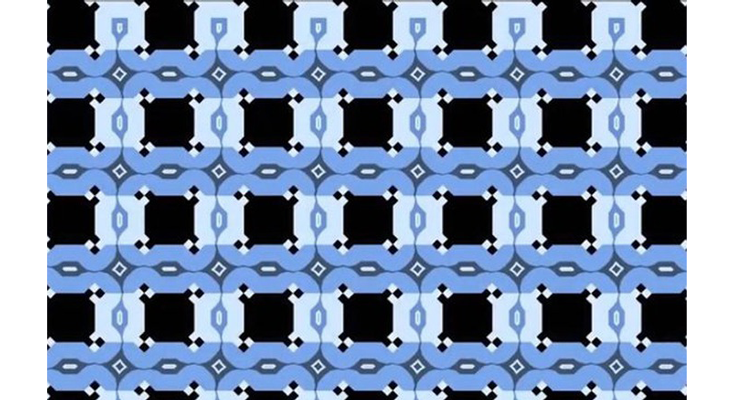
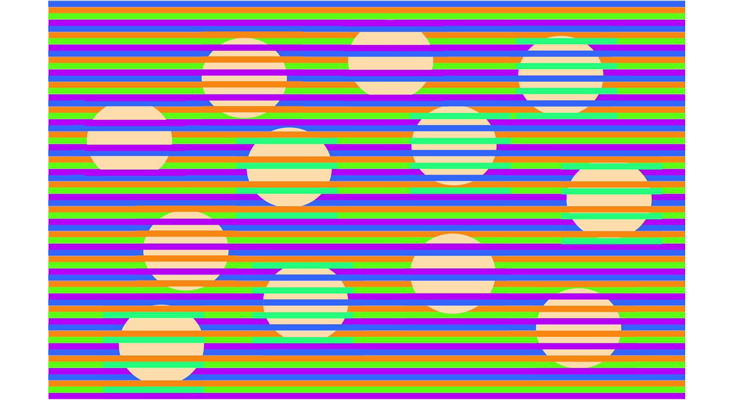
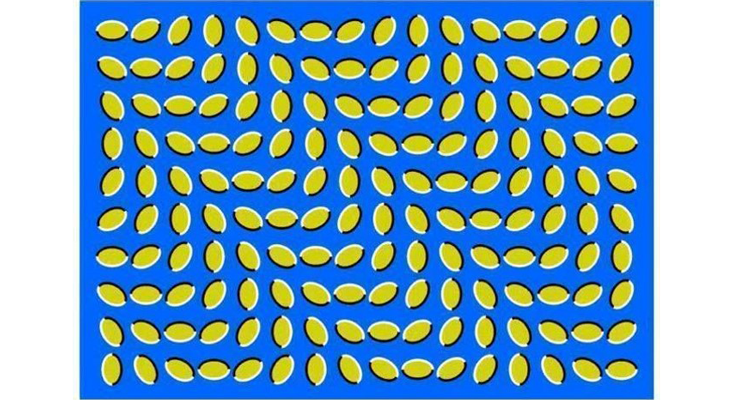



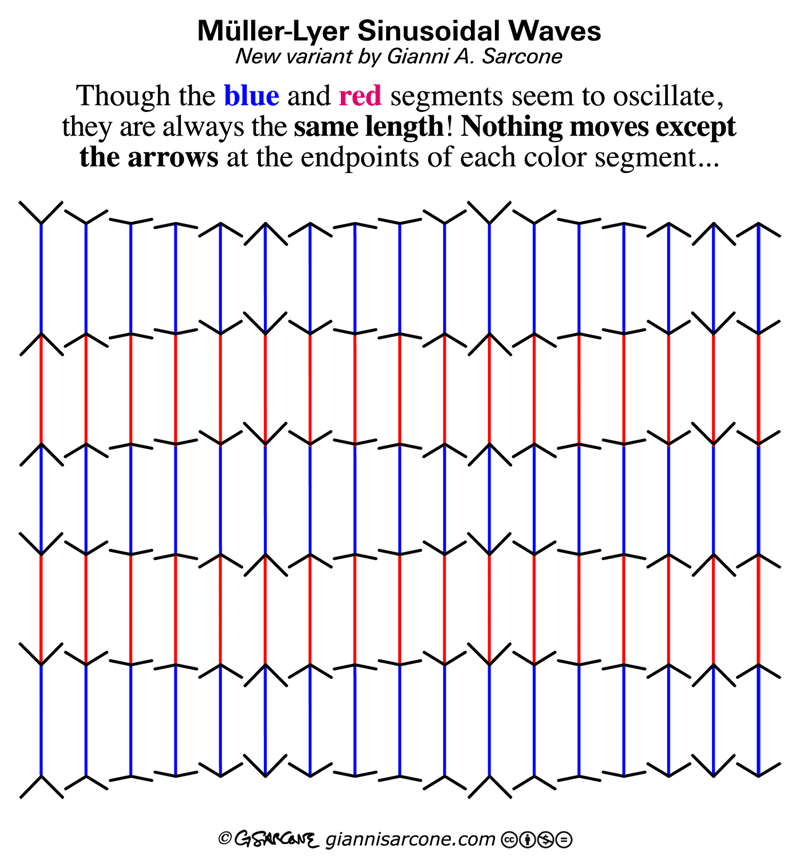

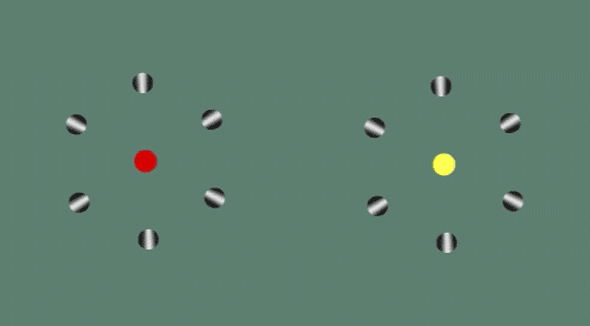
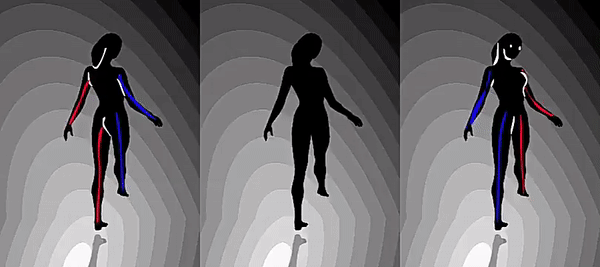
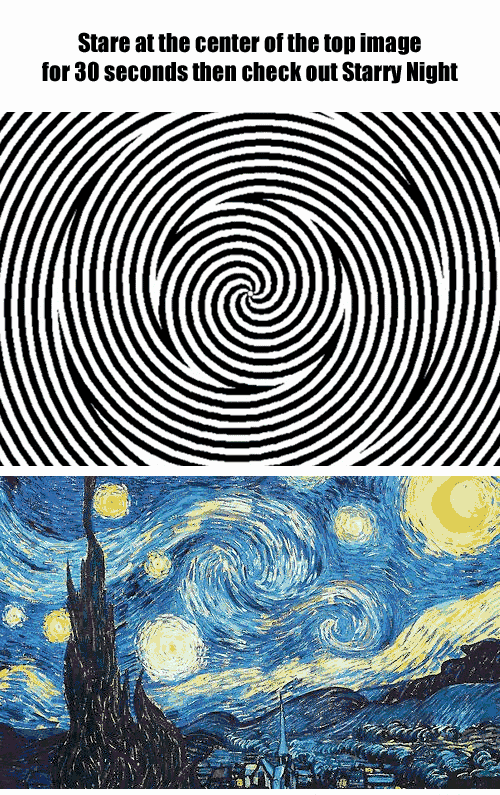
12 Mind-Bending Perceptual Illusions
They show us in a clear and unambiguous way that we don’t directly experience the world.
BY STEVE STEWART-WILLIAMS
October 24, 2018
Everyone loves a good optical illusion. Most people first come across them as kids, and are instantly transfixed. And most of us never quite outgrow them. Even cats seem to enjoy the occasional optical illusion!
The good news, then, for humans and nonhumans alike, is that our illusions seem to be getting better over time. In the age of social media, lots of people are making and sharing them, and the best ones are quickly going viral and setting the new standard. In effect, our illusions are evolving culturally to be more and more powerful.
But although perceptual illusions are fun, they also have important philosophical implications. They show us in a clear and unambiguous way that we don’t directly perceive the world around us. Perceptual experience is a simulation—a mental model—that doesn’t always correspond to the reality it aims to depict.
The following illusions are some of my favorites. Enjoy!
1. The Power of Top-Down Processing
To get the ball rolling, here’s a good example of how expectations guide perception.

We’re so used to words being arranged in a certain order that, when the words are jumbled up, we often don’t notice: We mistake our expectations for the world. That’s why proofreading your own essays is so hard.
2. The Skye Blue Café Wall Illusion
This illusion, created by the artist Victoria Skye, was one of the top entries in the 2017 Best Illusion of the Year Contest. Believe it or not, the horizontal lines are all perfectly parallel. To prove this to yourself, just squint at the image or look at it from the side.

Notice that, even after you’re completely convinced that the lines are parallel, the illusion continues to work. Perception is largely involuntary—and in many ways is walled off from our abstract knowledge of the world.
3. Confetti
This one’s a variation on the Munker Illusion, created by David Novick. The circles in the image are all the same color. The only thing that differs is the color of the lines around them.

The illusion is a vivid demonstration of the fact that we don’t directly perceive the colors of objects in the world. Instead, the perceptual system takes an educated “guess,” based on the objects’ surroundings.
4. The Rice Wave Illusion
This might look an animated GIF, but it’s not. The movement is all in your head.

Akiyoshi Kitaoka
The shading and sequencing of the yellow blobs triggers the motion areas of the brain, creating a perception of movement in a stimulus that’s actually static. Interestingly, around 5 percent of people seem to be immune to this illusion.
5. The Tilted Road Illusion
This looks like two photos of the same road, taken from different angles. But it’s actually just the same photo twice.

Apparently, the visual system treats the image as if it were a single photo of two separate roads. The outlines of the two roads are parallel to one another in the two-dimensional image. For that to be the case in the image, the actual roads in the real world would have to be angling strongly away from each other. So, that’s what the visual system infers.
6. Lightness Illusion
This one comes from master illusion-maker Akiyoshi Kitaoka (@AkiyoshiKitaoka).

In trying to make sense of the video, the visual system acts as if the gray square is being moved out of shadow into bright light, and then into dark shadow. For the square to look that shade in bright light, it would have to be quite dark—so the perpetual system infers that it is. Conversely, for the square to look that shade in dark shadow, it would have to be very light—so the perceptual system infers that, instead.
Your brain is doing a lot of work behind the scenes—more than you might have imagined!
7. The Dynamic Ebbinghaus
Another award-winning illusion. The orange circle doesn’t actually change size.

As with color and lightness, we don’t directly perceive the size of objects. The perceptual system makes an inference about their size, based on clues in our sense data—including the relative size of other, nearby objects.
8. The Dynamic Müller-Lyer Illusion
This is one of the best illusions I’ve seen. The blue and red lines are all the same length; none is moving or changing size, and they’re all at the same level. Only the arrowheads are moving.

The illusion is a new variation on an old theme: the Müller-Lyer illusion. There are many theories about how this works, but no one’s 100 percent sure. There’s even debate about whether it works for all human beings everywhere, or instead is a culture-specific phenomenon.
9. The Train Illusion
You can make the train change direction with the power of your mind … and you can get better at it with practice.

Perception always involves going beyond the evidence of the senses. In this case, the evidence is relatively sparse, such that there are two plausible interpretations: The train is coming or the train is going. We can choose to see it either way.
10. Rotating Rings
This one freaks a lot of people out. Every time you switch from looking at the red dot to the yellow, or vice versa, both wheels start spinning in the opposite direction. The illusion exploits differences in the way we interpret motion in the center of the visual field vs. the periphery.

11. The Spinning Dancer
One of my all-time favorites. If you look at the dancer on the left and the one in the middle, the one in the middle spins clockwise. If you instead look at the dancer on the right and the one in the middle, the one in the middle starts spinning counter-clockwise.

As with the train illusion, the secret is that the center image is ambiguous: It can be interpreted as a dancer spinning in either direction. The dancers on the left and right, in contrast, include additional details which force one or other interpretation. This forced interpretation then guides our perception of the middle, ambiguous figure.
12. The Starry Night
Stare at the center of the top image for 30 seconds then check out Van Gogh’s Starry Night …

This is an example of a motion aftereffect. As you stare at the spiral, your visual system begins compensating for the motion so it can ignore this predictable stimulus. But then, when you look at the stationary painting, the system keeps compensating for the motion: motion that’s no longer there. This creates a false perception of motion in the opposite direction, which interacts with the details of the painting.
Steve Stewart-Williams is author of The Ape That Understood the Universe: How the Mind and Culture Evolve (Cambridge University Press, 2018).
No comments:
Post a Comment